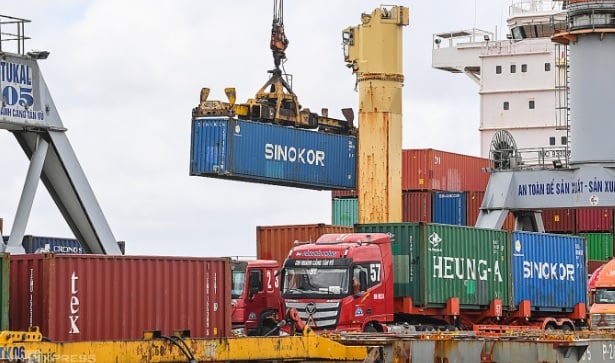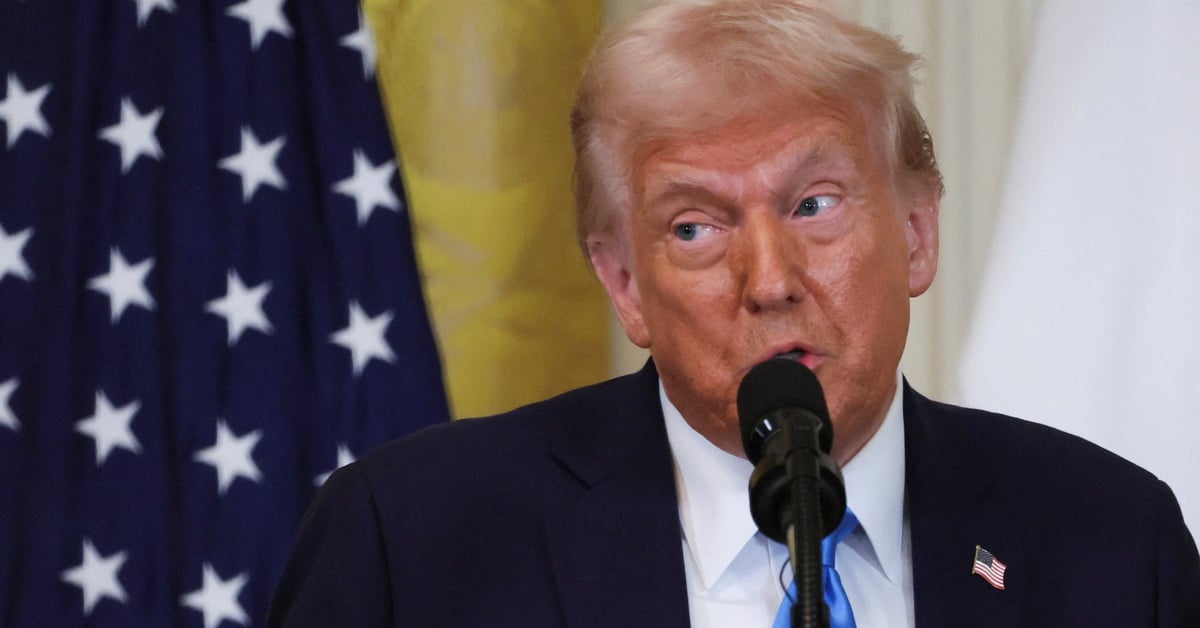According to the Ministry of Industry and Trade, bilateral trade between the two countries still has a lot of room for growth, based on many bilateral cooperation agreements and multilateral trade agreements.

According to the General Department of Customs, two-way import-export turnover between Vietnam and China last year reached more than 205 billion USD, marking the first time Vietnam set a record trade scale, exceeding 200 billion USD with the Chinese market.
2024, Vietnam's exports to China reached 61.2 billion USD, down about 100 million USD compared to 2023. Meanwhile, imports from China reached 144 billion USD, up more than 30%.
China continues to be our country’s largest trading partner, accounting for 26% of import and export turnover. Import and export goods between the two countries are diverse and abundant, from agricultural products to raw materials, electronics, consumer goods, etc.
In recent years, despite the gloomy global trade context, Vietnam's import-export growth with China has increased strongly. In 2023, the total import-export turnover between Vietnam and China reached 171.9 billion USD. Of which, Vietnam's exports to China reached 61.2 billion USD, up 5.6% and accounting for 17.3% of Vietnam's total export turnover; imports from China reached 110.6 billion USD, down 6.6% and accounting for 33.9% of Vietnam's total import turnover.
The strong recovery in trade in goods since the beginning of 2024 has led to a continuous increase in import and export activities, especially the sharp increase in imports of input materials and machinery and equipment from China. In the first half of 2024, two-way trade surpassed the 95 billion USD mark.
By July 2024, there have been many predictions that Vietnam-China import-export turnover will approach the 200 billion USD mark, and may even surpass this level.
According to the Ministry of Industry and Trade, bilateral trade between the two countries still has a lot of room for growth, based on many bilateral cooperation agreements, as well as multilateral trade agreements such as the ASEAN-China Free Trade Agreement (ACFTA) and the Regional Comprehensive Economic Partnership (RCEP).
In the future, when the ASEAN-China Free Trade Agreement (ACFTA) is upgraded, it will contribute to further promoting investment and trade.
After starting negotiations in 2022, ACFTA has gone through nine official negotiation sessions, and China and ASEAN have basically concluded negotiations to upgrade this Agreement.
Source





































![[Photo] Prime Minister Pham Minh Chinh chairs Government Conference with localities on economic growth](https://vstatic.vietnam.vn/vietnam/resource/IMAGE/2025/2/21/f34583484f2643a2a2b72168a0d64baa)



















































Comment (0)